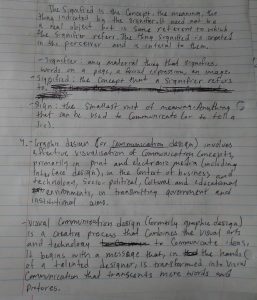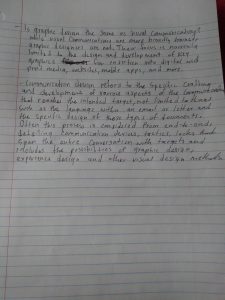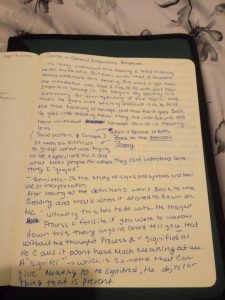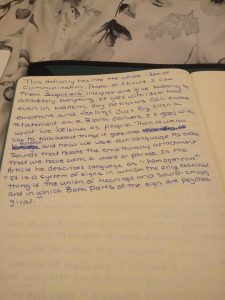Briefly, focusing on modernity, I can see that the 20thcentury brought with it the ideas of futuristic and constructivism in artistic movements. These authors Marinetti, El Lissitzky, and Aleksandr Rodchenko found that the old style was outdated and needed a new revolution in the field of art. I understand that there was a need to explore new ways of expressing visual art and deviate away from anything old in terms of artistic and political tradition. For example, the author expresses how images recollected from memories bring expression of the artists from the old pictures of funeral and how it rekindled painful memories that were a deterrent to the authors dream . This was to embrace originality in the artwork and incorporate expression of emotions that would easily identify with the audience. As a result, it helped in integrating technology such as architecture and photography to build art in modern society. The manifesto demanded artists to reconsider the wording, design and space of a book to give a chance for writers to embrace new method of writing . I think that El Lissitzky was talking about new way possibilities for type writing with machines, printing and copying and duplicating instead of handwriting which is tiresome and outdated form of art. Rodchenko, Stepanova & Gan Manifesto was a constructivism art movement for communism where the focus was designing new products and relying on geometric to have mass production of products in industry. I think that the manifesto found new possibilities for people to be liberated and form a new society that is equal while focusing on change from oppressing elite class.
These artists anticipated the art and design through the notion that the manifesto was meant to allow the artist to be fearless in their work. From my understanding, futuristic manifesto focused on introducing a new way of representing artists such as graphic, sculpture, and recording. I think the revolution was daring and violent as it rebelled against the excellent harmony as it dismissed the theme of the prior art while glorifying science and nature of representing information in a book. According to the manifesto I think that it provided the artist with a new agenda of not being afraid of taking a different approach in their work of art, even if it was dangerous. It argued that the artist needs to be encouraged in their work and audacity and revolt against the prevailing norms of world art.
As I read the authors work, I gained insight that the idea of Marinetti manifesto of futurism, El Lissitzky of Our Book and Manifesto of the Constructivist Group by Aleksandr Rodchenko are fueled toward integration of technology in the artist movement. The futuristic campaign aimed at embracing the new model of art and leaving away the old fashion of art. When it comes to Marinetti manifestos, I acknowledge that the ideas of futuristic intersect with El Lissitzky idea of art as an evolution and not a new start that requires innovation and embracing of modern technology to improve art in the society. Also, Aleksandr Rodchenko manifesto response is aimed to call for a response even if it is not the one that is expected or was desired but has a positive impact after all. The improvement is through the political movements that exonerate society from the bondage of the harmful or unprogressive form of life through acquiring new ways.








